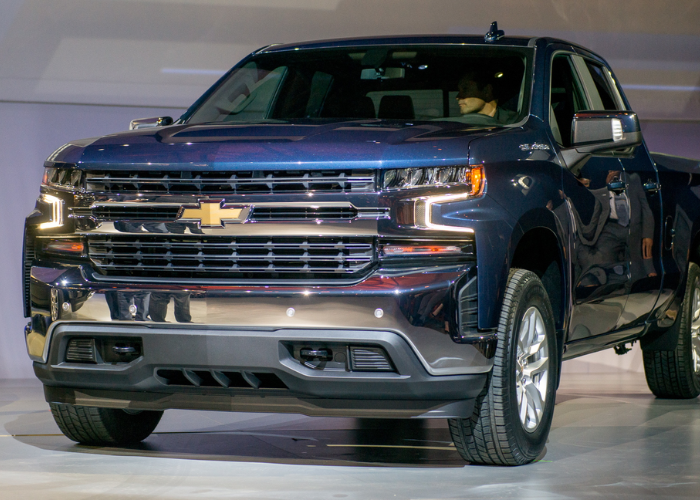If you own a Chevy Silverado and have recently noticed that the 4-wheel drive won’t disengage, then you’re probably looking for answers. The good news is that you’re not alone. Many drivers have experienced this issue and have found a few simple solutions.
Symptoms of Chevrolet Silverado 4-Wheel Drive Not Disengaging
One of the most common symptoms of a Chevrolet Silverado 4-wheel drive not disengaging is a difficulty when shifting from two-wheel drive to four-wheel drive. When this occurs, the transmission may not shift properly or make grinding noises when trying to shift. T
his is because the transfer case is not engaging properly when it is activated. In addition, the vehicle may appear to shift but the transfer case will not actually engage. Another symptom is a burning smell when the four-wheel drive is engaged.
This is because the transfer case is overheating due to the increased friction of the parts. In some cases, the transfer case may even fail to engage at all. If this occurs, it is important to take the vehicle to a qualified mechanic to have the issue diagnosed and repaired.
Troubleshooting the Issue
If you find that your Chevy Silverado 4 Wheel Drive won’t disengage, there is a simple troubleshooting process that you can follow to diagnose the problem. First, make sure that the 4-wheel drive system is engaged correctly.
If the system is engaged properly, then the issue is likely with the transfer case, which is responsible for switching the vehicle between two and four-wheel drive. You can check the transfer case for any signs of damage or debris that may be preventing it from engaging properly.
Additionally, you should check the fuse for the 4-wheel drive system, as a blown fuse can prevent it from disengaging. Finally, if all else fails, you may need to take the vehicle to a qualified mechanic for further inspection and repair.
Common Causes for a Chevrolet Silverado 4-Wheel Drive Not Disengaging
A Chevrolet Silverado 4-wheel drive not disengaging is a common issue among owners of this popular pickup truck. There are several potential causes for this problem, ranging from mechanical issues with the drivetrain to electronic malfunctions. The most common cause of a C
Chevrolet Silverado 4-wheel drive not disengaging is a faulty transfer case shift motor. The shift motor is responsible for controlling the transfer of power between the front and rear axles, and when it is not functioning properly, the 4-wheel drive system will remain engaged.
Additionally, a faulty or worn transfer case encoder motor can also cause the 4-wheel drive system to remain engaged. The encoder motor works in conjunction with the shift motor by sending signals to the transfer case to indicate when to shift from two-wheel drive to four-wheel drive.
Finally, a malfunctioning front differential actuator can also cause the 4-wheel drive system to remain engaged, as the actuator is responsible for controlling the front differential locking mechanism.
Possible Fixes for a Chevrolet Silverado 4-Wheel Drive Not Disengaging
One possible fix for a Chevrolet Silverado 4 Wheel Drive not disengaging is to check the vacuum actuator. The vacuum actuator is responsible for engaging and disengaging the 4-wheel drive. If the vacuum actuator is not working properly, then the 4-wheel drive will not disengage.
To check the vacuum actuator, first locate the actuator, which is usually located near the transfer case. Next, unplug the vacuum line from the actuator and check the vacuum pressure with a vacuum gauge. If the vacuum pressure is low, then the actuator needs to be replaced.
If the vacuum pressure is normal, then the problem may be caused by a faulty transfer case shift motor or actuator solenoid. In this case, the transfer case shift motor or actuator solenoid will need to be replaced.
Conclusion
Chevy Silverado 4 Wheel Drive won’t Disengage is a common issue that can be caused by a number of different issues. Some of these issues can be solved by the driver themselves, while others will require the help of a professional. By following the steps provided in this article, you can diagnose and repair the issue to get your 4 Wheel Drive functioning properly. Always remember to take all necessary safety precautions and use the appropriate tools for the job.


